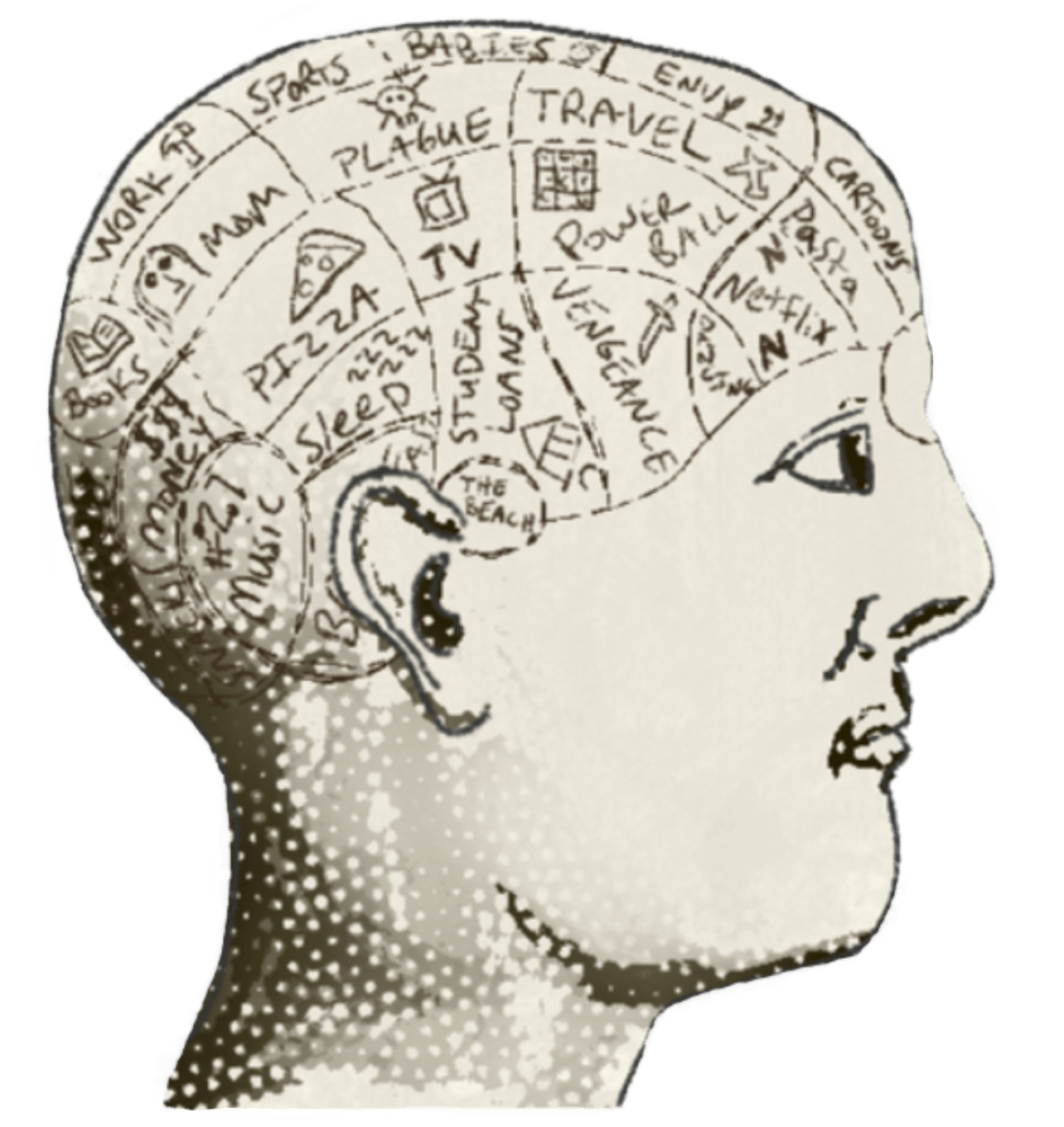From Needs to Solutions: Harnessing the Power of Jobs to Be Done in Museums
I’ve written before about Jobs To Be Done (JTBD) here and here, and how this concept is emerging as a transformative force in museums. Rooted in understanding why customers purchase products or services, the JTBD framework holds the key to unlocking deeper insights into visitor and member motivations. But what exactly does JTBD entail, and how can museums harness its power to enhance their offerings and more effectively engage audiences?
At its core, JTBD theory posits that customers don't simply purchase products or services. Instead, they “hire” them to accomplish specific tasks or “jobs” in their lives. This perspective shifts the focus from product features to the underlying needs and aspirations of the customer. For museums, understanding the jobs that visitors and members are seeking to fulfill is crucial to delivering meaningful experiences that resonate on a deeper level.
Imagine a visitor entering a museum. What job are they looking to accomplish? Is it to gain knowledge and insight? To experience awe? To connect with their cultural heritage? To introduce their child to science? To feel a sense of belonging among a like-minded community of art enthusiasts? The answers will vary depending on the individual and the context, but by dissecting these underlying motivations, museums can tailor their offerings to better meet the needs of a diverse audience. As Harvard Business School professor Clayton Christensen explains, “every job people need or want to do has a social, a functional, and an emotional dimension. If marketers understand each of these dimensions, then they can design a product that's precisely targeted to the job.”
Uncovering Unmet Needs
One of the fundamental principles of JTBD is the notion of stability over time. Unlike fleeting preferences or trends, the jobs that museum audiences are seeking to fulfill remain relatively constant. By identifying these enduring jobs, museums can evolve their exhibits, programs, and membership programs to provide greater value and relevance to visitors and members.
Consider the following example: A museum surveyed its potential visitors in the San Diego market to identify the experiences audiences seek for leisure and education. The findings from this survey indicated that one of the primary jobs potential visitors are seeking to fulfill is to “Connect with my community.”
Our research found that potential visitors were less satisfied with the availability of options in San Diego that could support this particular goal, this represented an opportunity where the museum could differentiate itself in the marketplace. Further, the concept of connecting audiences to their community was strongly aligned with the museum’s mission. This important insight informed marketing messaging, exhibit design, and program development. In addition, insights from the JTBD study helped guide strategic decision-making around the museum’s new membership program, including opportunities to introduce community-impact benefits and community-focused member events.
By uncovering the jobs that audiences are trying to accomplish, JTBD offers museums a powerful tool for better understanding visitor motivations. Armed with this data, museums can create more meaningful, relevant, and impactful experiences. JTBD can be leveraged to:
Enhance relationships with existing audiences. Once a museum understands the needs and motivations of its current visitors, members, and donors, the organization can add or adapt programming and membership benefits to fulfill on these jobs. For example, upon learning that members are seeking to connect with others, a museum might intentionally design introductions into its next member event by encouraging attendees to wear name tags and including a conversation starter prompt about the exhibition.
Attract new audiences. Consider how a museum might meet the need of “connecting to my community.” A great example is the Tucson Botanical Gardens’ Día de los Muertos (Day of the Dead) Celebración, which features La Calavera Catrina, an exhibit of 8-foot-tall skeletons depicting traditional Mexican icons by artist Ricardo Soltero, an indoor ofrenda, a Monarch Memory Wall to write messages to loved ones who have passed, activities for children, and a workshop on making an iconic crepe paper flower Marigold or Cempasuchil to decorate your own altar.
Boost consideration. By strategically aligning its offerings with audiences’ education and leisure goals, a museum can ensure that it remains top of mind and in the consideration set when audiences are making decisions about how and where to spend their time and money. For example, a science center might focus on its adult trivia night to meet the job of “Play/Have Fun” and draw people from other competing entertainment options.
As museums continue to evolve in response to changing audience needs and expectations, JTBD will serve as an important strategic framework for understanding visitor motivations, enhancing membership value, increasing member satisfaction and retention, and fostering stronger connections with audiences.
Interested in uncovering the Jobs to Be Done at your organization?
Join us for a new MaP Lab, “Community Goals and the Purposes of Membership: Gardens and Arboreta,” a first-of-its-kind research study led by Museums as Progress (MaP) and FIVESEED. Designed to help arboreta and botanic gardens understand the audience goals your organization is uniquely positioned to support, the findings from this study will provide insight into:
The fundamental goals of gardens and arboreta members
Possibilities for new and enhanced member benefits and experiences
New and creative solutions to increase member participation
If you work at a nonprofit Public Garden or Arboretum in the United States with a membership program, you can participate in this study.
Registration Deadline: June 30, 2024. The lab fee is included with your organization’s Museum Membership.
